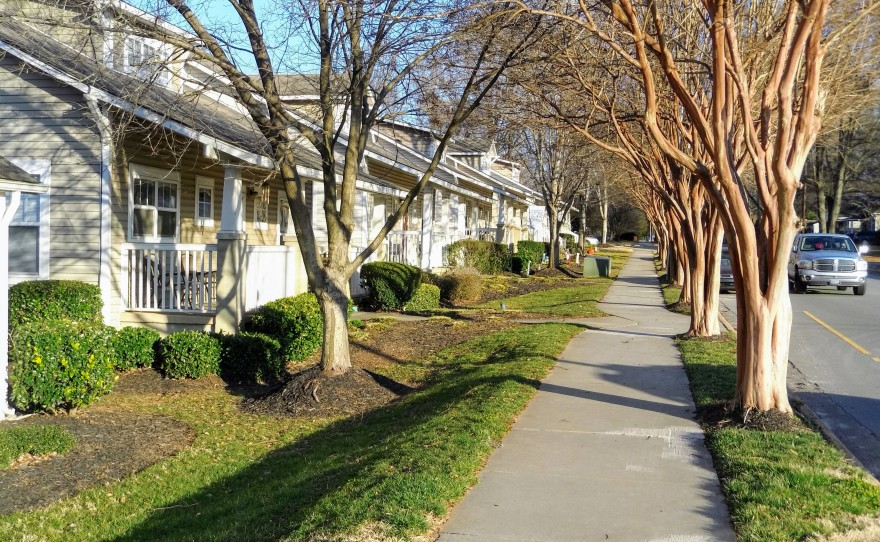By David Boraks
September 24, 2020
Despite years of public and private efforts, the number of affordable housing units is continuing to decline in Charlotte and Mecklenburg County, even as the need grows. That’s among the themes in Mecklenburg County’s annual State of Housing Instability and Homelessness Report. The report also notes an increase in homelessness and says the COVID-19 pandemic is making things worse.
The report is based on 2018 Census data and more recent local information. It paints a picture of an affordable housing crisis that is not improving, said Mecklenburg County housing researcher Courtney LaCaria.
“We’re losing ground. And the need is growing. And there’s a need for more permanent affordable housing, especially for households who earn the least. And that need was there yesterday. It’s going to be there today. And it’s going to increase tomorrow,” LaCaria said.
Affordable Housing Gap
The report estimates a shortage of 44,572 rental units for people making less than 50% of the area median income, or $39,500 a year for a family of four. That’s up almost 1,500 units from last year’s report.
More than half of that gap, or about 23,060 units, is for rentals deemed affordable to the county’s poorest residents — those making less than 30% of AMI, or $23,700 a year for a family of four.
Looked at another way, affordable housing is now a much smaller portion of all rentals in Charlotte and Mecklenburg County, said Bridget Anderson of UNC Charlotte’s Urban Institute, the report’s lead author.
“Not only is there a shortage, but that shortage is actually increasing. So in 2010, 51% of rental units were considered low cost. And in the eight years since, that low-cost rental stock has shrunk to 25%,” Anderson said.
The decline reflects both construction of new luxury units as well as the loss of existing affordable units. And that loss of what’s called “naturally occurring affordable housing” has pushed up the area’s average rent to more than $1,200 a month.
“So the result is that more renter households are paying more than they can afford for housing, and some end up in a homeless situation as a result,” Anderson said.

